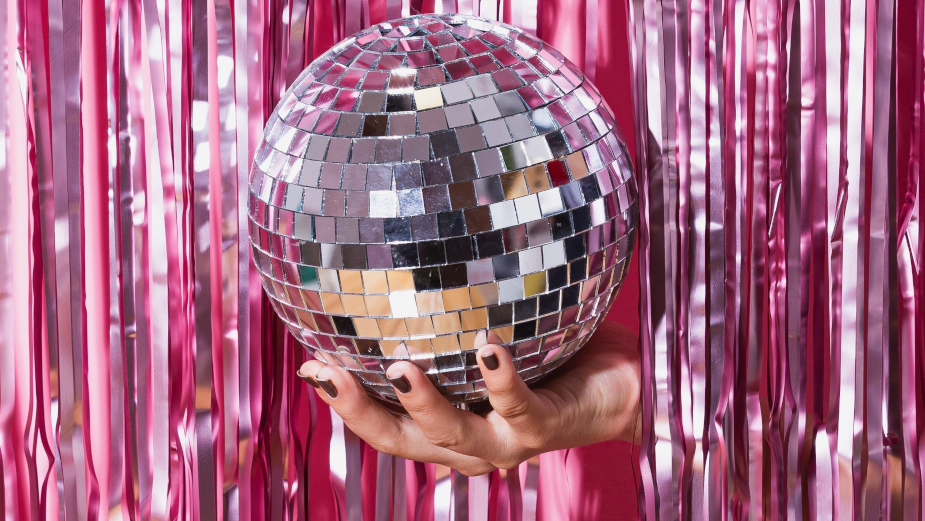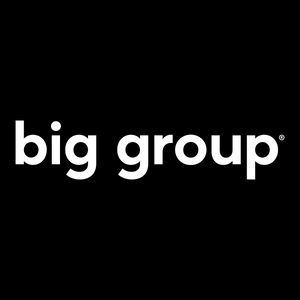
The Ad You Can’t Skip: Product Placement in a Barbie World

As the Barbie movie smashes onto our screens in the blockbuster event of the year, pummelling us with pink at every turn, I thought it an ideal opportunity to revisit the concept of product placement in movies and shows.
It’s not new. ‘Wings’, the first ever movie to win a Best Picture Oscar in 1927, featured a prominently placed Hershey’s chocolate bar, and since then the relationship between marketers and the entertainment industry has gone from strength to strength. Even the term ‘soap opera’ itself comes from when Procter & Gamble became the first major brand to sponsor radio daytime dramas using, you guessed it, soap.
Movie icons
Some iconic product placements include James Bond driving an Aston Martin, Maverick wearing Ray-Ban shades in Top Gun, and E.T following a trail of Reese’s Pieces. And although some of the most lucrative product placements in movies and series can cost millions of dollars, many others are organic and negotiated directly with creators to save on production costs and for brands to save on marketing budgets, but organic placement doesn’t come with the guarantees that paid product placement brings. Organic placement works for brands big and small if it’s a good creative fit, with costume designers choosing high-end products to cast a character as stylish or well-off (did you spot the Chanel placement in Barbie?) and smaller brands getting big exposure from a limited budget.
So, both brands and the entertainment industry work hard to create the right product placements. But if we’re all so aware of it, does it even have any impact? Or are we consumers just too savvy for brands?
Well, it seems that even if we are aware of it, it still works! Research shows that product placement can increase a viewer’s awareness and positive attitude towards the product as well as their likelihood to talk about it or search for it online. But it can backfire if it's too prominent and consumers feel they’re being sold to at the expense of the movie-going experience. It activates what’s known as the 'persuasion knowledge' defence mechanism which puts us on alert when we feel we’re being pressured in a sales setting. For marketers, it’s all about balance - you want your product to be noticed but not to be obnoxious.
Sound and vision
There are two ways to highlight a product in movies and TV – verbally and visually. Verbal product placement is more likely to be noticed by viewers than brands that are just shown, and less likely to elicit persuasion knowledge defences than brands that are both talked about and shown (consumers usually feel like it is too much on the nose when brands are shown and talked about at the same time). Another way to increase the likelihood that brands are noticed is to put product placements earlier in the show or movie before viewers become engrossed in the characters and plot because consumers are less likely to notice anything peripheral when they become too involved in the story.
The future of in-film and TV product placement seems bright, with the market growing by 14.3% to $26.2 billion in 2022 from 2021, and there are some interesting developments worth keeping an eye on. After the huge success of Barbie, more product-centric movies will undoubtedly be made. The question is whether fatigue will set in with consumers, or is our craving for nostalgic escapism insatiable? The second development is within streaming, where tech giants such as Amazon and Apple are creating their own shows with their own product placements. Will this be perceived by viewers as cynical, or is it a new way to connect content with consumption?
Let’s round up with one of the most amusing product placements I have come across recently. In Korean dramas, the most sought-after title seems to be that of a company director (I don’t know why, but nearly every male lead in a Korean drama is a company director) and Maserati is the car of choice for these characters. It’s so blatant that I can now tell whether a character is going to be a protagonist or antagonist based on the car they are driving. Driving a Maserati is the Korean drama equivalent of wearing a white hat in a Western. Now, will this product placement make you buy a Maserati if you are in the market for a Skoda? Probably not. But if you are in the market for a supercar and you love Korean dramas, then it might just nudge you to choose Maserati over Ferrari.













